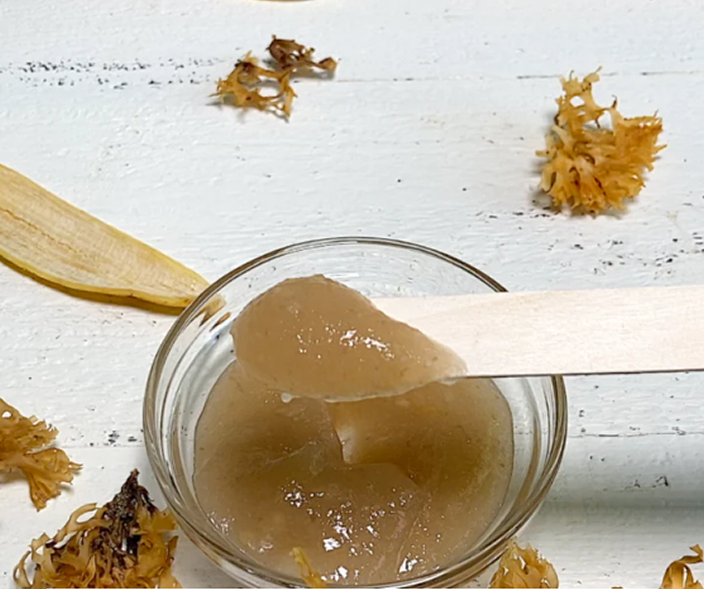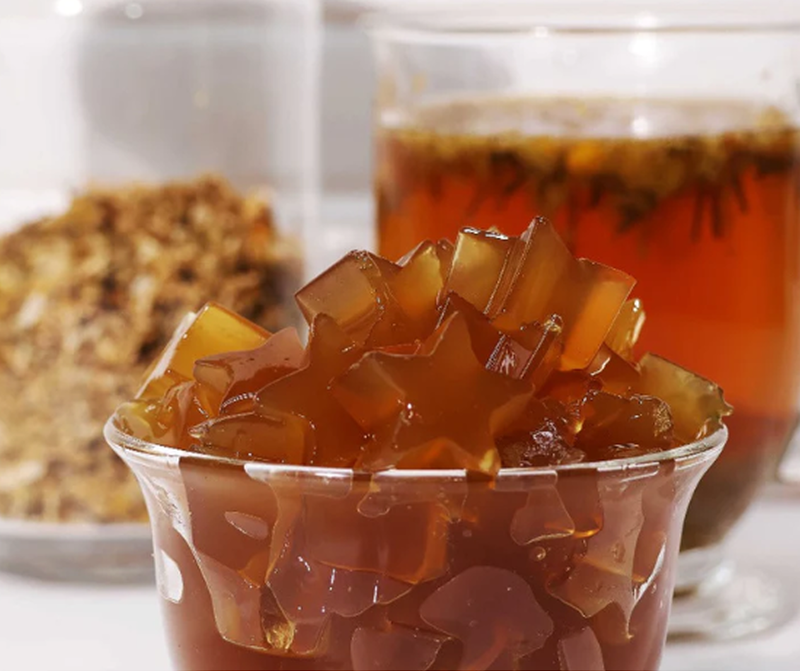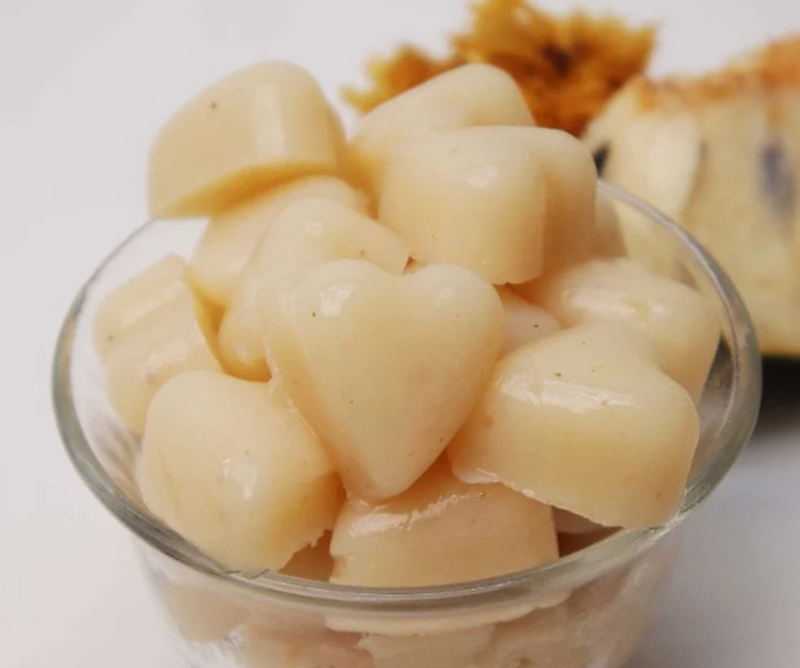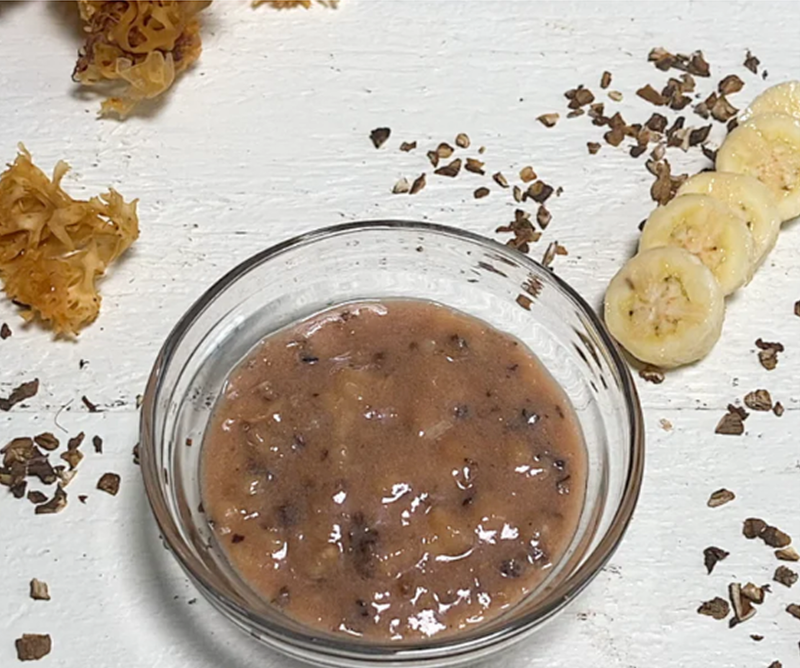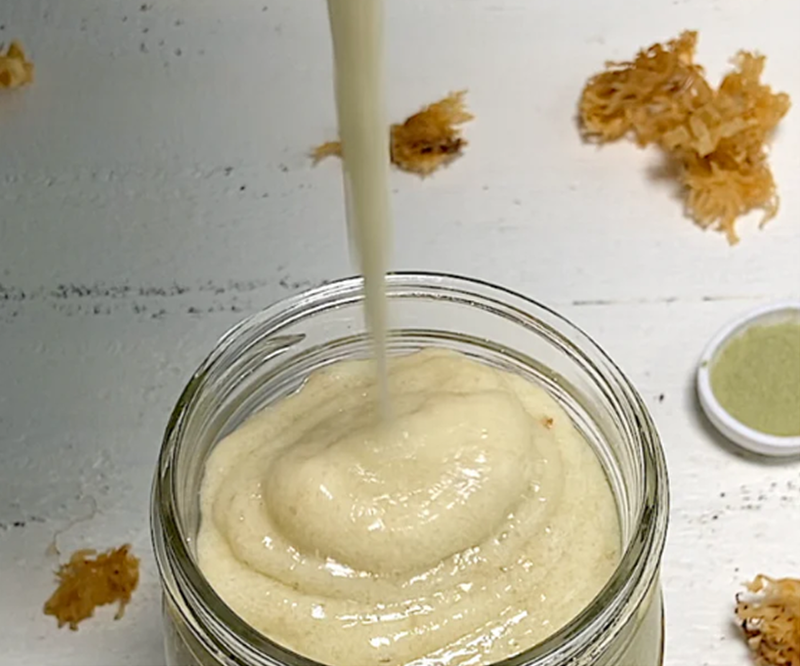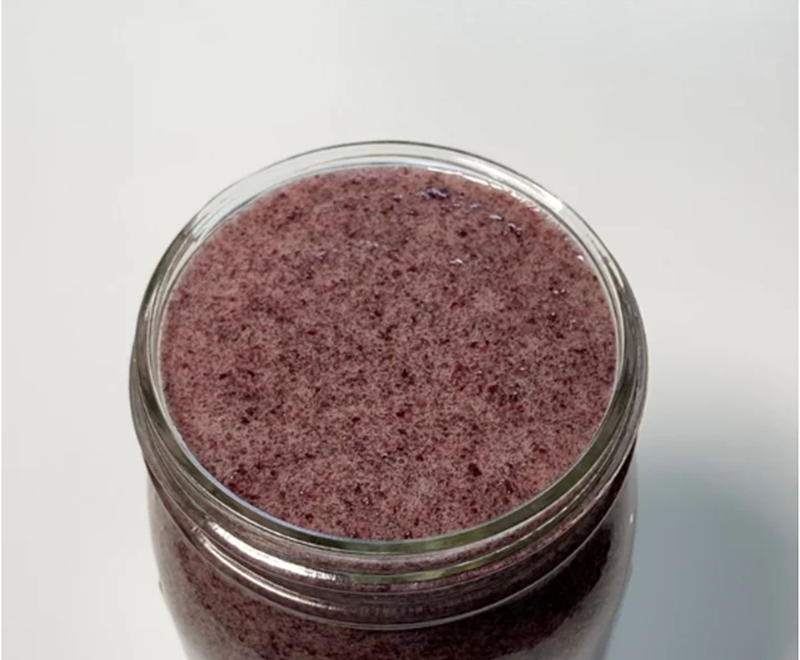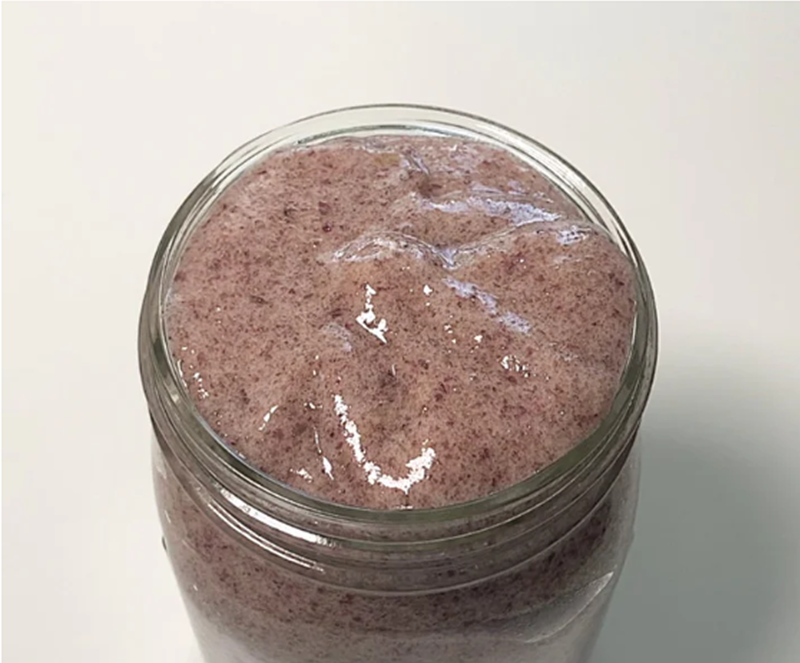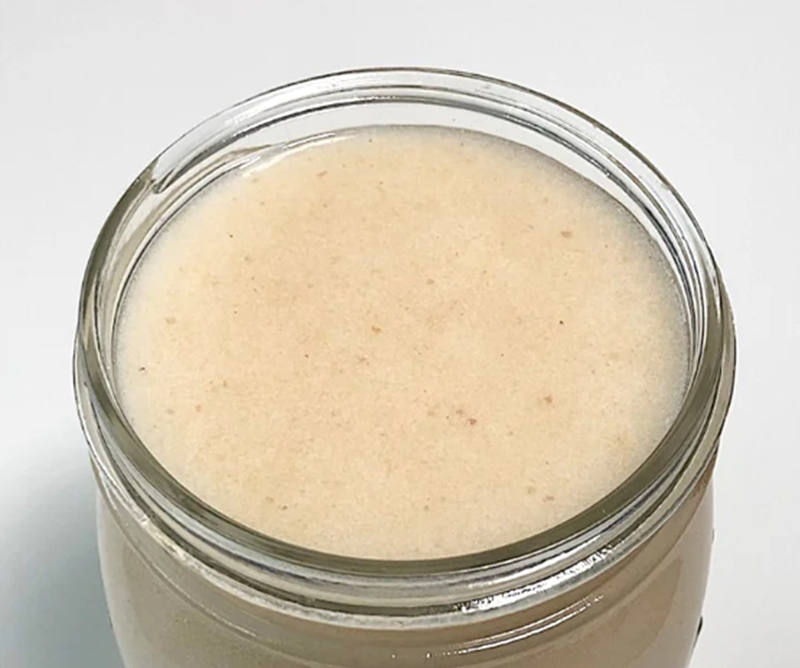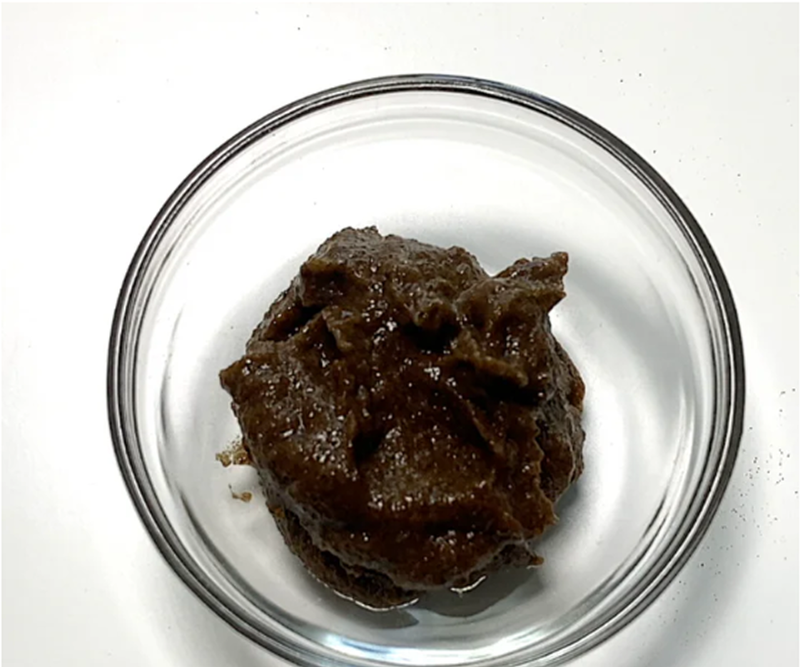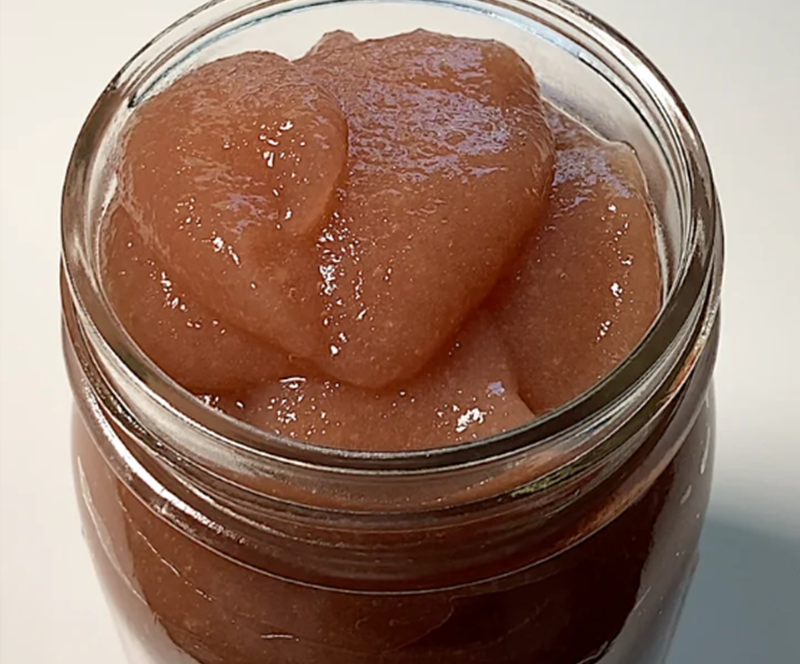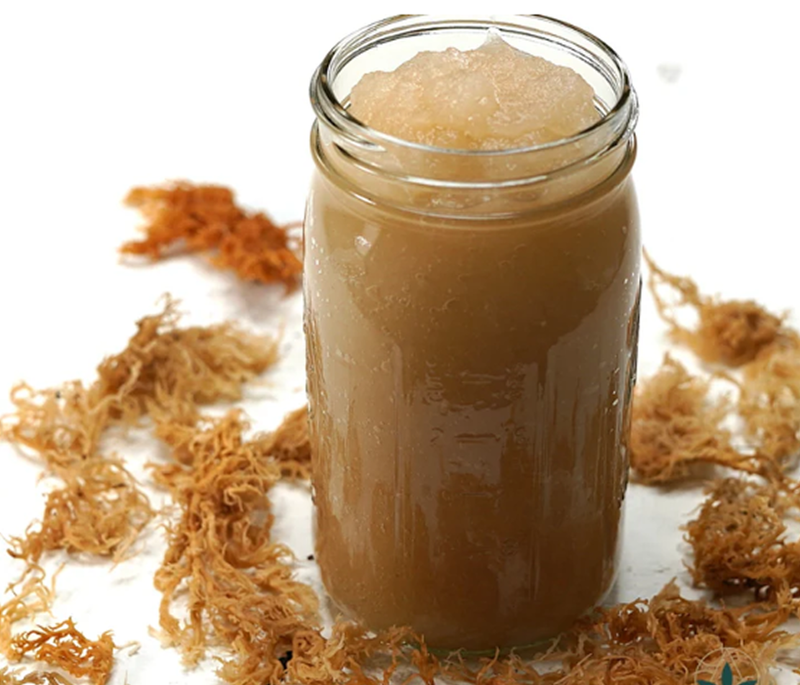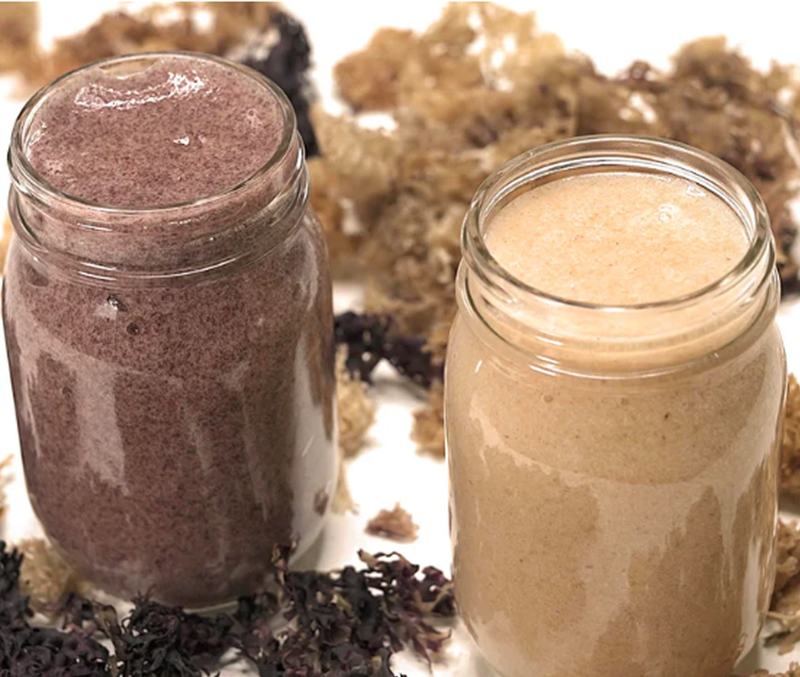

Anyone living with diabetes is obliged to keep a close eye on blood sugar levels day in and day out. It's a delicate balancing act that affects some 830 million people worldwide. Now some are casting a curious eye over the potential benefits of sea moss. This nutrient-packed seaweed has been used in traditional wellness practices for centuries, but what can it actually do for people managing diabetes? Let's explore what sea moss is, how it might help with blood sugar control, and what you need to know before adding it to your wellness routine.
What is Diabetes and Its Types
Diabetes is a condition in which the body struggles to manage glucose (sugar) in the blood. When most people eat, their body breaks down carbohydrates into glucose, which then enters the bloodstream. The pancreas subsequently releases insulin, a hormone that helps cells absorb this glucose for energy.
That’s not the case, however, with diabetes. The condition manifests itself in two main ways:
Type 1 Diabetes
Your immune system attacks the insulin-producing cells in your pancreas, so your body can't make enough insulin. This typically starts in childhood or young adulthood and requires insulin therapy for life. People with Type 1 need to take insulin daily because their bodies simply don't produce it.
Type 2 Diabetes
Your body makes insulin, but doesn't use it effectively or doesn't produce enough to keep up with needs. This type develops over time and is often linked to lifestyle factors such as poor diet and lack of physical activity. Many people with Type 2 can manage their condition through diet, exercise, and sometimes medication.
Both types lead to high blood sugar levels, which can damage blood vessels and nerves throughout the body if not managed well. Over time, this damage can affect your eyes, kidneys, nerves, and heart. That's why finding effective ways to control blood sugar is so important for people with diabetes.
The daily challenge of diabetes isn't just about taking medication – it's about balancing food intake, physical activity, stress levels, and sleep, all of which affect blood sugar. Many people look for additional tools to help maintain this balance, which is where natural options like sea moss come into the picture.
How Does Sea Moss Help with Diabetes

Sea moss (Chondrus crispus) isn't just any seaweed. It's a mineral-rich algae that grows in the cold, rocky waters of the Atlantic Ocean. Unlike seaweeds that are pool-grown or rope-grown, true sea moss absorbs an impressive array of minerals directly from the ocean and the rocks it clings to.
When it comes to blood sugar control, sea moss may offer several potential health benefits that work together to support more stable glucose levels:*
Fiber for Steady Absorption
The soluble fiber in sea moss may form a gel in your digestive tract that slows down carbohydrate digestion and glucose absorption.* Think of it as a natural brake system for sugar entering your bloodstream. When you eat a meal containing carbs, the fiber in sea moss may help subdue what might have been a sharp spike in blood sugar into a more gentle rise instead.*
Potential Mineral Support for Insulin Function
Sea moss contains magnesium, which may help your body use insulin more effectively. Studies show that many people with type 2 diabetes have lower magnesium levels, and improving those levels may help improve insulin sensitivity. Another mineral found in sea moss, zinc, is needed for insulin production and storage in the pancreas.* As a result, adding sea moss to your diet may give you an additional source of two important minerals.*
Blood Sugar Regulation
Some early research suggests that compounds in sea moss might help regulate blood sugar levels, though more specific studies on it are needed.* These compounds include unique polysaccharides (complex carbohydrates) that may have direct effects on glucose metabolism.*
Anti-inflammatory Effects
Chronic inflammation can worsen insulin resistance. Sea moss contains compounds that may help reduce inflammation throughout the body, potentially improving how cells respond to insulin signals.*
The beauty of sea moss is that these mechanisms work in complementary ways. While a medication might target just one aspect of blood sugar control, sea moss may offer a multi-faceted approach that addresses several factors at once.*
Potential Weight Management Benefits
Maintaining a healthy weight is crucial for managing type 2 diabetes. Even modest weight loss (5-10% of body weight) can significantly improve insulin sensitivity and blood sugar control.
Sea moss is low in calories but high in fiber, which can help you feel full longer.* This might make it easier to manage your weight, which in turn may improve blood sugar control.*
The gel-like consistency of sea moss also adds volume to foods without adding many calories, potentially helping you feel satiated with smaller portions.* Some people find that adding sea moss to smoothies or breakfast foods may help curb their appetite throughout the day.*
May Support Heart Health
People with diabetes have a higher risk of heart disease – in fact, heart disease is the most common complication of diabetes. Managing this risk is a crucial part of diabetes care.
Sea moss contains nutrients that may support heart health, including potassium (which helps regulate blood pressure) and antioxidants (which protect blood vessels from damage).* The fiber in sea moss may also help lower cholesterol levels, another important factor in heart health.*
By supporting cardiovascular health, sea moss may address one of the most serious concerns for people living with diabetes.* This makes it a potentially valuable addition to a heart-healthy diabetes management plan.*
Adding Sea Moss to Your Diabetes-Friendly Diet
If you're interested in trying sea moss, here are some practical ways to include it in your meals:
Sea Moss Gel: Sea moss gel made with raw sea moss is an easy and natural way to support your body when managing diabetes. Just a spoonful mixed into your daily drinks, like smoothies, herbal teas, or even plain water may help promote better balance in your system.* It's gentle, practically tasteless, and simple to add to your routine, so it doesn’t feel like a hassle. Over time, it may support healthier blood sugar levels and leave you feeling more balanced, refreshed, and energized, like giving your body a small daily assist in staying on track.*
Sea Moss Capsules: If you don't like the texture of sea moss gel, capsules offer a convenient alternative. Follow the dosage instructions on the product label. This option is particularly good for people who travel frequently or have busy schedules.
Remember to monitor your blood sugar levels when adding sea moss to your routine. This will help you understand how your body responds and whether it's having the desired effect on your glucose management.
Potential Side Effects and Precautions
While sea moss offers potential benefits, it's important to be aware of possible side effects:
Allergies and Sensitivities
If you're allergic to seafood or iodine, you might be sensitive to sea moss too. Start with a very small amount to test your tolerance. Signs of an allergic reaction might include itching, swelling, rashes, or difficulty breathing. If you experience any of these symptoms, stop using immediately and consult a healthcare provider.
Some people may also experience mild digestive discomfort when first trying sea moss, which usually resolves as your body adjusts to the increased fiber content.
Interactions with Diabetes Medications
Sea moss might improve the blood-sugar-lowering effects of diabetes medications, potentially leading to hypoglycemia (low blood sugar). This is especially true for insulin and sulfonylureas (a class of diabetes medications that increase insulin production).
Monitor your levels closely and consult with your healthcare provider if you notice your blood sugar running lower than usual. They may need to adjust your medication dosage to accommodate the effects of sea moss.
Keep a log of your blood sugar readings when you start using sea moss to identify any patterns or changes that might be related to the supplement.
Iodine Content
Sea moss is naturally high in iodine, which is essential for thyroid health. However, too much iodine can cause thyroid problems, including both overactive and underactive thyroid conditions.
If you have thyroid issues, talk to your doctor before using sea moss. They might recommend monitoring your thyroid function with blood tests if you decide to incorporate sea moss into your routine.
For most people, the iodine in sea moss is beneficial, but moderation is key – stick to recommended serving sizes rather than consuming large amounts.
Digestive Effects
The high fiber content might cause digestive discomfort in some people, especially when starting out. This can include gas, bloating, or changes in regularity.
This usually improves as your body adjusts. Starting with small amounts and gradually increasing your intake may help minimize these effects.* Drinking plenty of water with your sea moss may also help your digestive system handle the additional fiber.*
Make Sea Moss Part of Your Diabetes Management Plan
Sea moss is worth considering as a supportive addition to diabetes management thanks to its fiber content, mineral profile, and potential anti-inflammatory effects.* It might help stabilize blood sugar levels, support insulin function, and provide additional benefits for heart health and weight management.*
That said, sea moss isn't a replacement for proven diabetes treatments like medication, proper diet, regular exercise, and blood sugar monitoring. Think of it as a potential teammate in your overall management strategy, not the star player. The most successful approaches to diabetes management typically combine conventional medical care with supportive natural strategies.
Before adding sea moss to your routine, talk with your healthcare provider, especially if you take medications for diabetes or have thyroid issues. They can help you determine if it's appropriate for your specific situation and how to use it safely. Bring information about the specific product you're considering to get the most helpful advice.
If you decide to try sea moss, choose high-quality products from reputable sources like Alkaline Herb Shop, which offers wild-harvested Chondrus crispus sea moss that's tested for identity, microbes, and heavy metals. Start with small amounts, monitor your blood sugar response, and adjust as needed.
Frequently Asked Questions
Does sea moss lower blood sugar?
Sea moss may help lower blood sugar, but more research is needed to confirm its direct effects.* Its soluble fiber may slow down carbohydrate digestion and glucose absorption, helping prevent sharp spikes in blood sugar.*
How much sea moss should someone with diabetes take daily?
Your ideal amount may depend on your individual health status, medication regimen, and how your body responds to sea moss. Always check with your healthcare provider for personalized advice.
Can sea moss replace diabetes medication?
No, sea moss should not replace prescribed diabetes medications. It may complement your treatment plan but should be used alongside conventional medical care, not in place of it. Diabetes medications are carefully prescribed based on your specific needs, and stopping them without medical supervision can be dangerous.
How long does it take to see benefits from sea moss for blood sugar?
You might notice subtle changes in blood sugar patterns within a few weeks, but consistent use over 2-3 weeks typically provides more noticeable results. Keep track of your blood sugar readings to identify patterns and improvements over time. Remember that individual results vary based on many factors including diet, exercise, stress levels, and overall health.
Is sea moss safe for all types of diabetes?
Sea moss may benefit both type 1 and type 2 diabetes, but people with type 1 should be especially cautious and monitor blood sugar closely, as any supplement that affects blood sugar could impact insulin needs.* Those with gestational diabetes should consult their healthcare provider before trying sea moss.





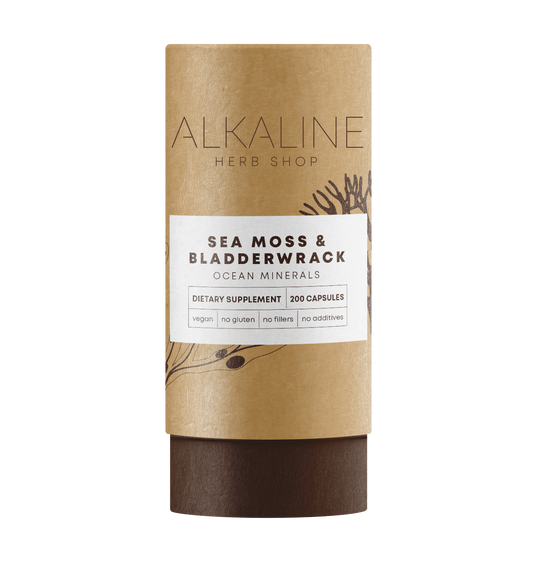
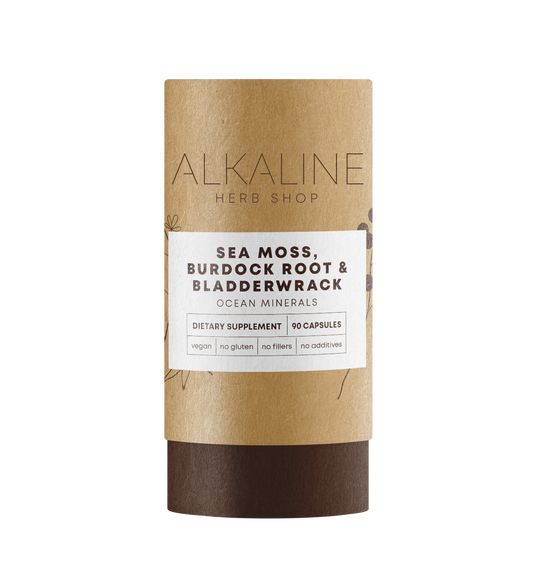
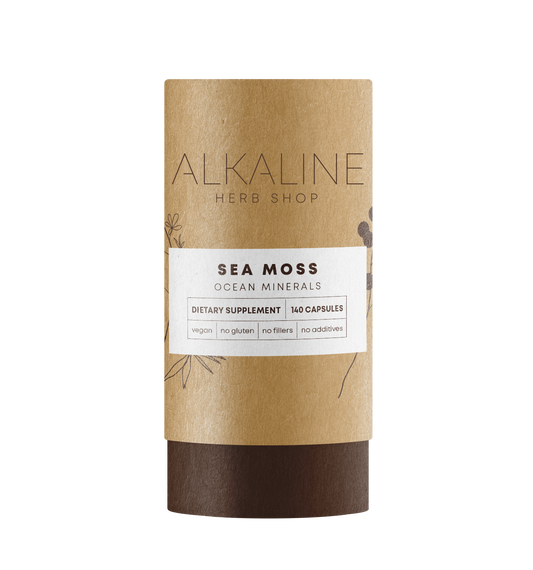
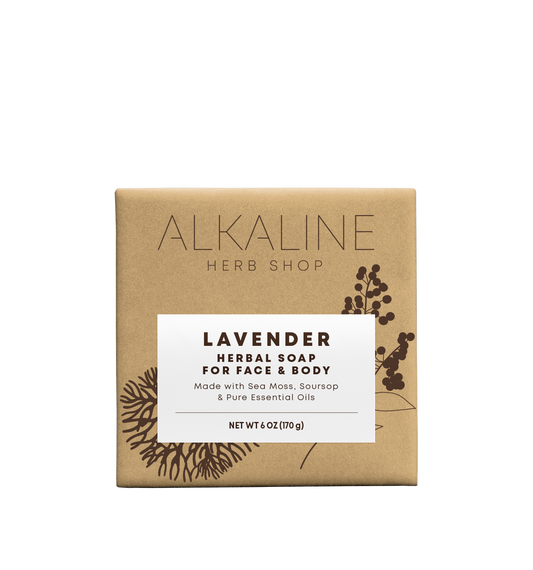
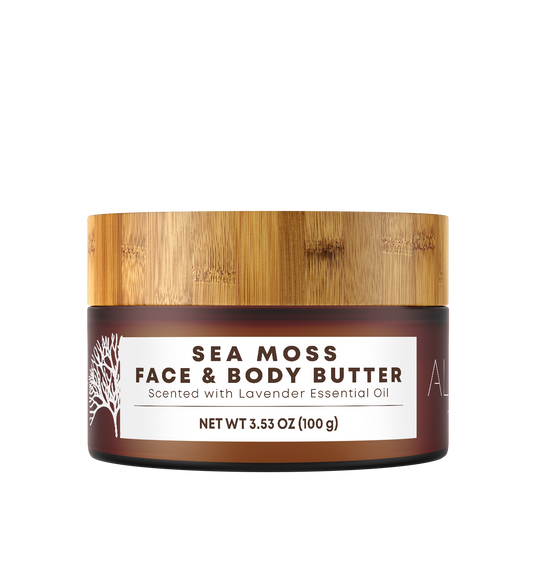
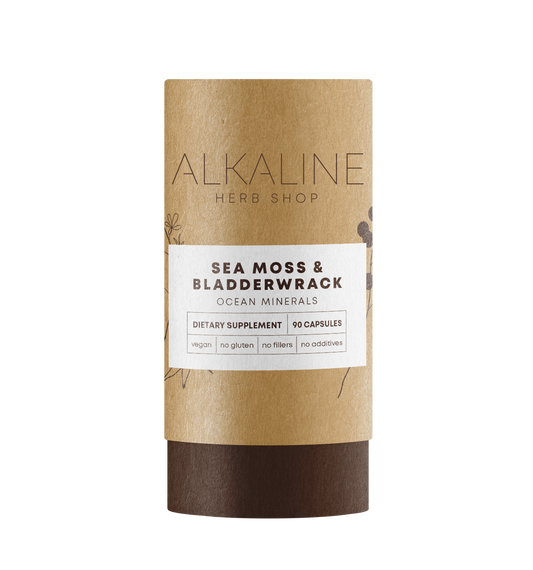
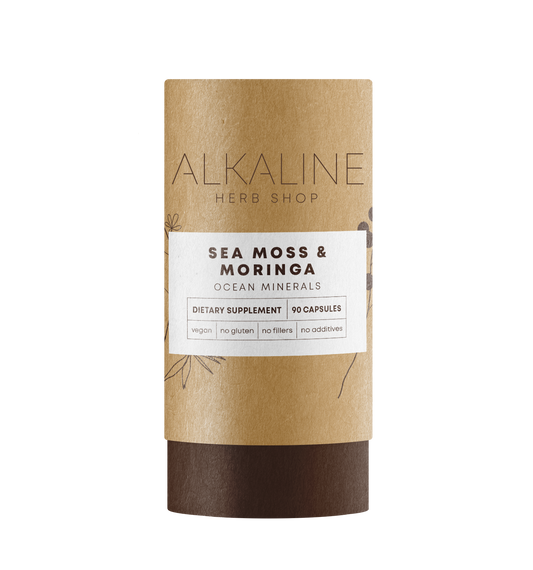
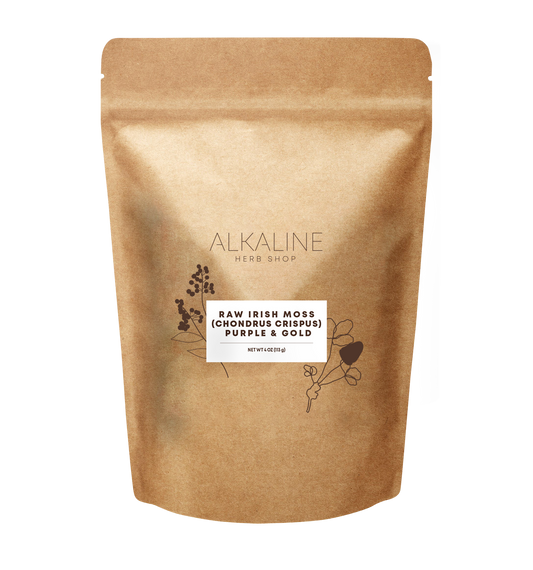

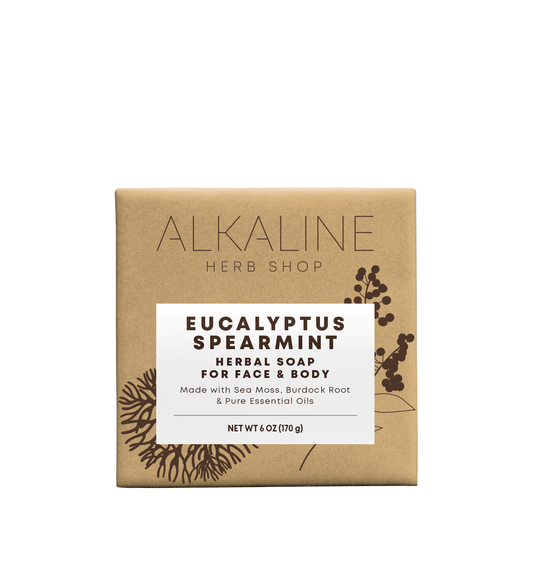
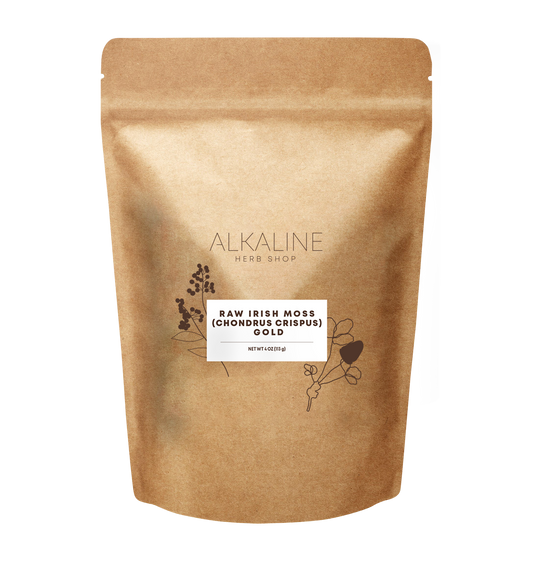

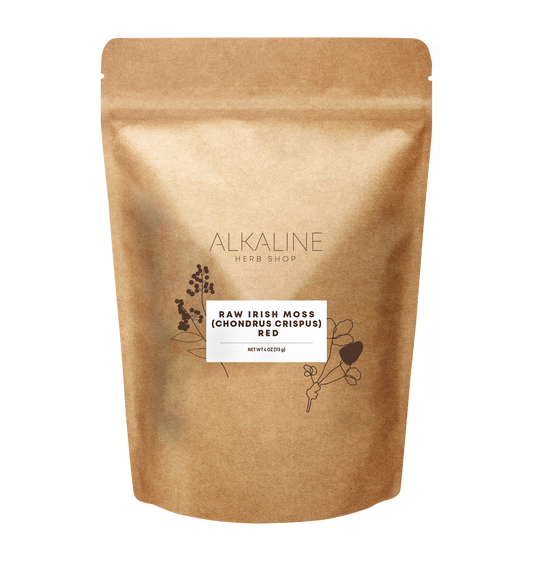
.png?v=14052428765372906161761701960) Previous Post
Previous Post
%20copy.png?v=62173825240595680121761701960)

